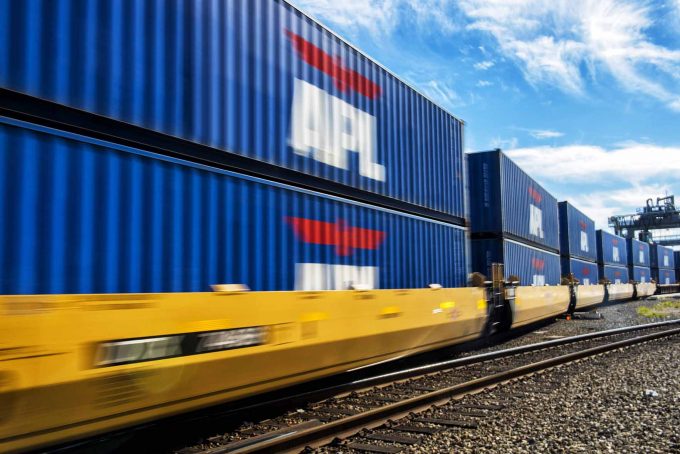Hauliers add surcharge for collections from congested London Gateway
Container haulage firms serving London Gateway in the UK have begun to introduce a £150 ...

Transpacific ocean carriers are deadheading more equipment back to Asia than ever before – with US import tariffs actually exacerbating the imbalance.
According to a survey of the top 10 US ports by Alphaliner, the imbalance rate deteriorated significantly in the second half of last year, ...

Comment on this article